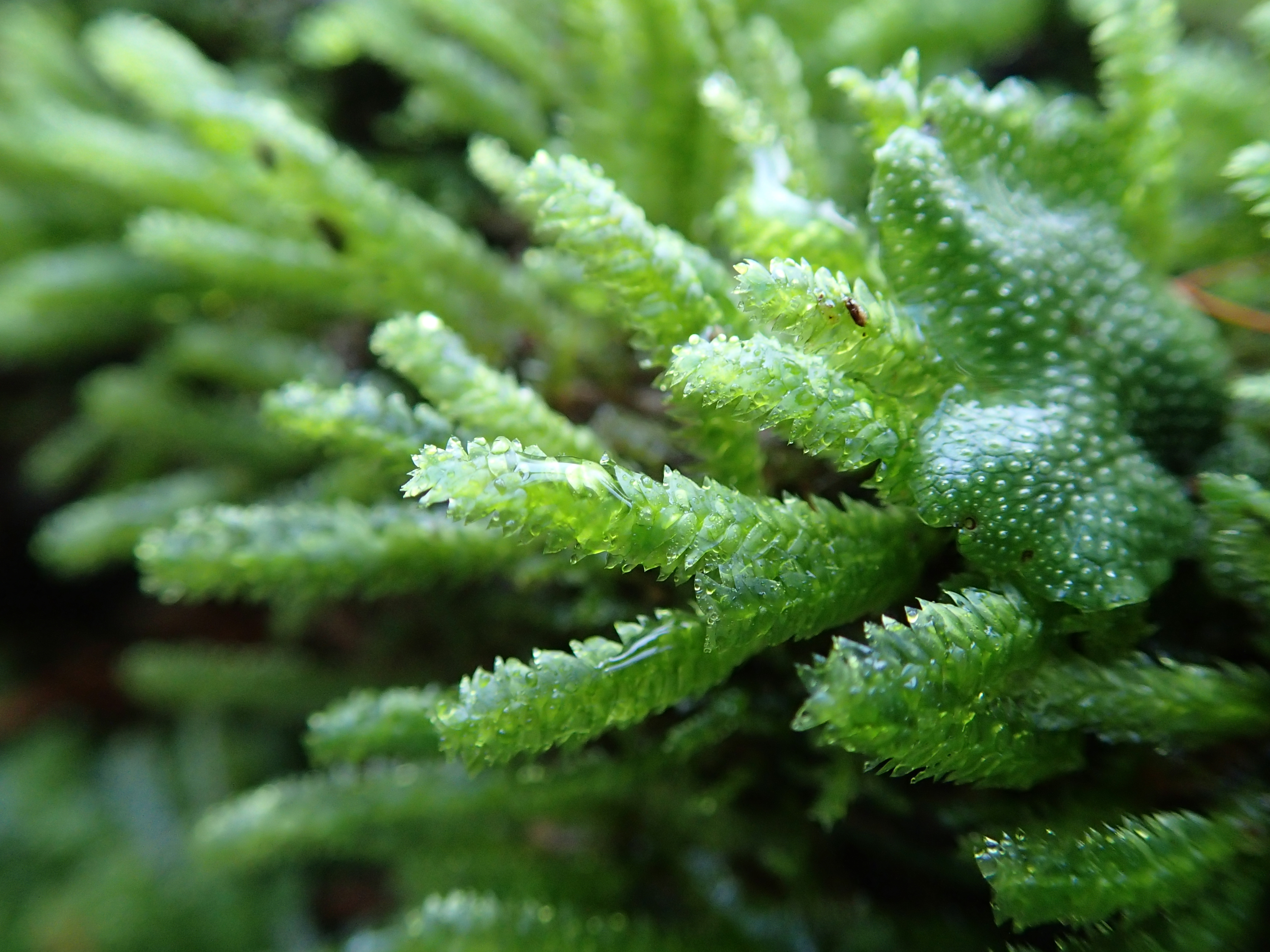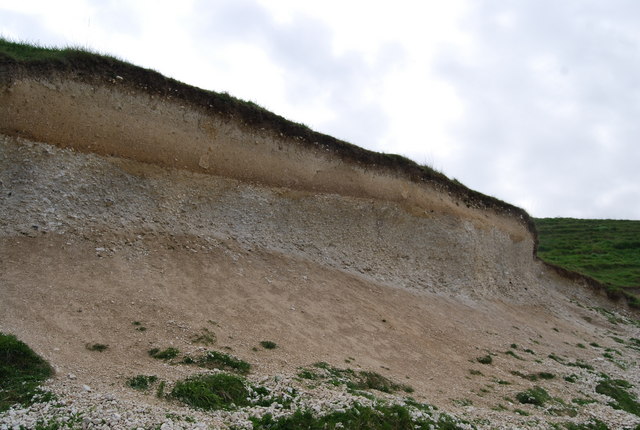|
Seligeria Carniolica
''Seligeria carniolica'' (water rock-bristle moss) is a species of moss in the genus ''Seligeria''. It is considered globally rare. History ''Seligeria carniolica'' (formerly ''Trochobryum carniolicum';) was first discovered in northern Slovenia (then Carniolia) and described in 1885. It has subsequently been reported from a few other sites in Switzerland, Norway, Sweden, Britain and five regions of France. It appears to be endemic to a few parts of Europe. It was first found in Britain in Scotland near Newcastleton in Roxburghshire by Evelyn M. Lobley in 1948, identified by E. F. Warburg among other moss specimens of the same genus that she had collected. Subsequent visits to the area by Lobley and others did not locate further specimens. However, Lobley found it at another site, in Northumberland in 1964, where it was subsequently studied by other bryologists. It was assessed as Critically Endangered in Britain in 2001. In 2014, it was re-found at several locations near the o ... [...More Info...] [...Related Items...] OR: [Wikipedia] [Google] [Baidu] |
Seligeria
''Seligeria'' is a genus of moss. There are 38 unique species of ''Seligeria'' on The Plant List. Distribution ''Seligeria'' can be found in Europe, North America, New Zealand and Tasmania. Most species of ''Seligeria'' are native to the Northern Hemisphere, but ''Seligeria cardotti'' and ''Seligeria diminuta ''Seligeria'' is a genus of moss. There are 38 unique species of ''Seligeria'' on The Plant List. Distribution ''Seligeria'' can be found in Europe, North America, New Zealand and Tasmania. Most species of ''Seligeria'' are native to the North ...'' are native to the Southern Hemisphere. References External links Identification guideSeligeria calcarea in Northern Ireland {{Taxonbar, from=Q1122806 Moss genera Grimmiales ... [...More Info...] [...Related Items...] OR: [Wikipedia] [Google] [Baidu] |
Newcastleton
Newcastleton, also called Copshaw Holm, is a village in Liddesdale, the Scottish Borders, a few miles from the border with England, on the Liddel Water. It is within the county of Roxburghshire. It is the site of Hermitage Castle. Newcastleton is east of Langholm, south of Hawick, north of Carlisle and south of Edinburgh. History Newcastleton was built as a result of the land clearances in the 1790s when people were forced to move from Old Castleton village. There has been a folk festival at Newcastleton since 1970. "Copshaw Holm" (another name for the village) is celebrated in the song "Copshawholm Fair", written by David Anderson in 1830, as sung by Willie Scott among others. In 2020, the local community purchased 5,000 acres (2,000 hectares) of Langholm Moor for £3.8m from Buccleuch Estates. Amenities A community-owned unmanned fuel station opened after much community fund raising in 2018. The former Townfoot Church (erected in 1803) now houses the Liddesdale Heritag ... [...More Info...] [...Related Items...] OR: [Wikipedia] [Google] [Baidu] |
Roxburghshire
Roxburghshire or the County of Roxburgh ( gd, Siorrachd Rosbroig) is a historic county and registration county in the Southern Uplands of Scotland. It borders Dumfriesshire to the west, Selkirkshire and Midlothian to the north-west, and Berwickshire to the north. To the south-west it borders Cumberland and to the south-east Northumberland, both in England. It was named after the Royal Burgh of Roxburgh, a town which declined markedly in the 15th century and is no longer in existence. Latterly, the county town of Roxburghshire was Jedburgh. The county has much the same area as Teviotdale, the basin drained by the River Teviot and tributaries, together with the adjacent stretch of the Tweed into which it flows. The term is often treated as synonymous with Roxburghshire, but may omit Liddesdale as Liddel Water drains to the west coast.Ordnance Gazetteer of Scotland, by, Francis Groome, publ. 2nd edition 1896. Article on Roxburghshire History The county appears to ... [...More Info...] [...Related Items...] OR: [Wikipedia] [Google] [Baidu] |
Evelyn M
Evelyn may refer to: Places * Evelyn, London * Evelyn Gardens, a garden square in London * Evelyn, Ontario, Canada * Evelyn, Michigan, United States * Evelyn, Texas, United States * Evelyn, Wirt County, West Virginia, United States * Evelyn (VTA), former light rail train station in Mountain View, California, United States * Evelyn County, New South Wales, Australia * Electoral district of Evelyn, an electoral district in Victoria, Australia * Evelyn, Queensland, Australia * 503 Evelyn, a main belt asteroid Schools * Evelyn College for Women, or Evelyn College, the former women's college of Princeton University * Evelyn High School, in Bulawayo, Zimbabwe Entertainment * ''Evelyn'' (2002 film), a film starring Sophie Vavasseur and Pierce Brosnan * ''Evelyn'' (2018 film), a documentary * '' Evelyn: The Cutest Evil Dead Girl'', 2002 short film and black comedy directed by Brad Peyton * ''Evelyn'' (play), a 1969 radio play by Rhys Adrian * ''Evelyn'' (EP), an EP by The ... [...More Info...] [...Related Items...] OR: [Wikipedia] [Google] [Baidu] |
Northumberland
Northumberland () is a ceremonial counties of England, county in Northern England, one of two counties in England which border with Scotland. Notable landmarks in the county include Alnwick Castle, Bamburgh Castle, Hadrian's Wall and Hexham Abbey. It is bordered by land on three sides; by the Scottish Borders, Scottish Borders region to the north, County Durham and Tyne and Wear to the south, and Cumbria to the west. The fourth side is the North Sea, with a stretch of coastline to the east. A predominantly rural area, rural county with a landscape of moorland and farmland, a large area is part of Northumberland National Park. The area has been the site of a number of historic Anglo-Scottish wars, battles with Scotland. Name The name of Northumberland is recorded as ''norð hẏmbra land'' in the Anglo-Saxon Chronicle, meaning "the land north of the Humber". The name of the kingdom of ''Northumbria'' derives from the Old English meaning "the people or province north of th ... [...More Info...] [...Related Items...] OR: [Wikipedia] [Google] [Baidu] |
Bryology
Bryology (from Greek , a moss, a liverwort) is the branch of botany concerned with the scientific study of bryophytes (mosses, liverworts, and hornworts). Bryologists are people who have an active interest in observing, recording, classifying or researching bryophytes. The field is often studied along with lichenology due to the similar appearance and ecological niche of the two organisms, even though bryophytes and lichens are not classified in the same kingdom. History Bryophytes were first studied in detail in the 18th century. The German botanist Johann Jacob Dillenius (1687–1747) was a professor at Oxford and in 1717 produced the work "Reproduction of the ferns and mosses." The beginning of bryology really belongs to the work of Johannes Hedwig, who clarified the reproductive system of mosses (1792, ''Fundamentum historiae naturalist muscorum'') and arranged a taxonomy. Research Areas of research include bryophyte taxonomy, bryophytes as bioindicators, DNA s ... [...More Info...] [...Related Items...] OR: [Wikipedia] [Google] [Baidu] |
Limestone
Limestone ( calcium carbonate ) is a type of carbonate sedimentary rock which is the main source of the material lime. It is composed mostly of the minerals calcite and aragonite, which are different crystal forms of . Limestone forms when these minerals precipitate out of water containing dissolved calcium. This can take place through both biological and nonbiological processes, though biological processes, such as the accumulation of corals and shells in the sea, have likely been more important for the last 540 million years. Limestone often contains fossils which provide scientists with information on ancient environments and on the evolution of life. About 20% to 25% of sedimentary rock is carbonate rock, and most of this is limestone. The remaining carbonate rock is mostly dolomite, a closely related rock, which contains a high percentage of the mineral dolomite, . ''Magnesian limestone'' is an obsolete and poorly-defined term used variously for dolomite, for lime ... [...More Info...] [...Related Items...] OR: [Wikipedia] [Google] [Baidu] |
Calcareous
Calcareous () is an adjective meaning "mostly or partly composed of calcium carbonate", in other words, containing lime or being chalky. The term is used in a wide variety of scientific disciplines. In zoology ''Calcareous'' is used as an adjectival term applied to anatomical structures which are made primarily of calcium carbonate, in animals such as gastropods, i.e., snails, specifically about such structures as the operculum, the clausilium, and the love dart. The term also applies to the calcium carbonate tests of often more or less microscopic Foraminifera. Not all tests are calcareous; diatoms and radiolaria have siliceous tests. The molluscs are calcareous, as are calcareous sponges (Porifera), that have spicules which are made of calcium carbonate. In botany ''Calcareous grassland'' is a form of grassland characteristic of soils containing much calcium carbonate from underlying chalk or limestone rock. In medicine The term is used in pathology, for ... [...More Info...] [...Related Items...] OR: [Wikipedia] [Google] [Baidu] |




